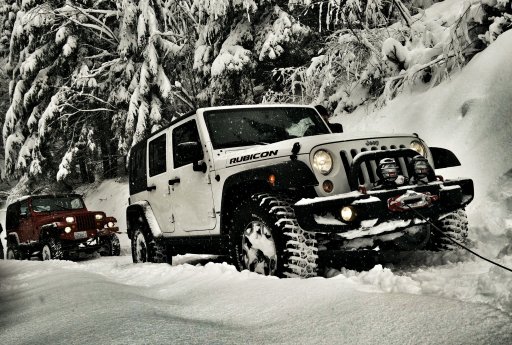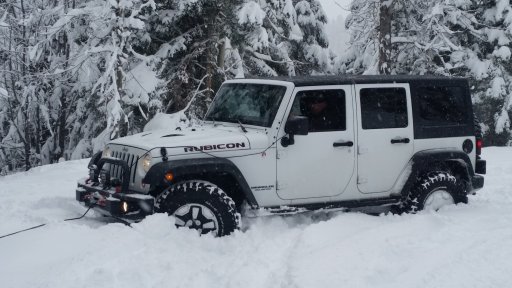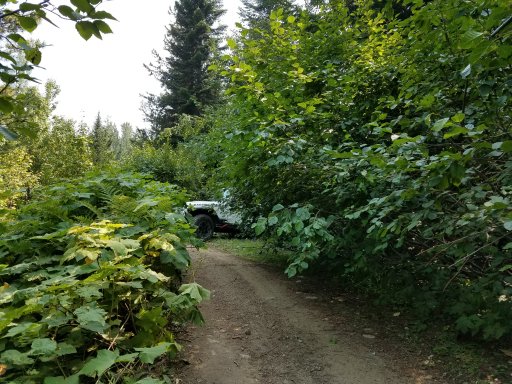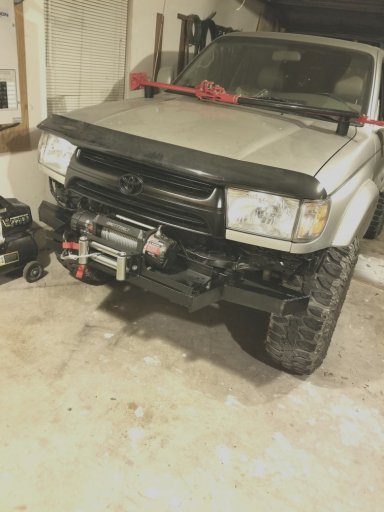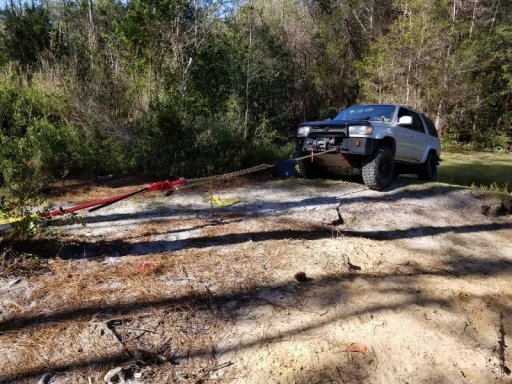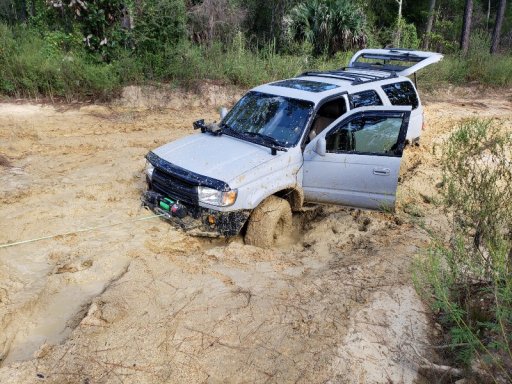Our main use for our 4Runner TRD Pro is as the wife's DD and our camping / adventuring vehicle. So, most of the planned upgrades are centered around increasing basic offroad capability (aggressive tires and probably a mild lift) and longevity (planning full skids and sliders, for example). So far, all of our offroading has been alone and unafraid, and I expect that will continue into the future.
That said, I am pretty sure we will always carry the 60" hi-lift when off pavement to any unknown location, and winching with one is certainly feasible with a good kit, if not obviously a bit tedious. However, the intent of all the planned recovery gear is, for us, more for emergency self recovery, rather than to enable us to actively seek overly-challenging trails and obstacles for 'wheelin's own sake. (Not knocking wheeling for fun, but we didn't buy this particular vehicle for that).
Given the winch might get used once or twice per year for self recovery, and would save maybe maybe an hour each time over using the Hi-Lift to winch out of a real bind (assuming jacking and packing wasn't the better solution), would you guys say the extra 150lbs and $1,500 (winch + hidden mount) to $3,000 (winch + Al bumper) is worth it? (Of course, I could buy a $300 HF winch and $500 mount, but I am not going to publicly admit that I have cobsidered such a blasphemous option :P ).
Honestly, the only time I can imagine a winch would be truly valuable to us is if we underestimate and try to pass through a long, muddied section of trail and get stuck in the middle with trees or embankments that prevent us from turning out. In that case, being able to winch 50+ feet without taking a long time would be pretty nice. Otherwise, I can imagine wanting to recover backwards just as often as forwards, where a front-mounted winch may or may not be helpful.
Thanks!
I've got a 76 CJ-7 with a 9000# front mounted winch. I also had a 91 Jeep YJ without a winch. Here's two stories. Both of these I was solo.....
I was driving my CJ into our cabin near Echo Summit after a snow storm. This is an unplowed dirt road, covered in several feet of snow. I was doing fine until I ran into a drifted section and the Jeep bottomed out. No forward or reverse traction. This is with lockers front and rear mind you. I pulled out the winch cable and after pulling from a variety of trees I was able get through the drift and continue on into the cabin. Without the winch I would have been there a LONG time with a shovel.... The trip out I started slipping down hill towards the frozen stream. The road runs along the stream, and in this part there is a pretty steep slope. Out comes the winch again and pulled myself back up onto level ground.
Fast forward to summer time and I was driving the YJ. I had scouted out a river crossing and found the shallowest part. I made it across the river fine, but (previously invisible to me) a submerged tree stump on the opposing embankment stopped my forward progress just as I was starting to climb out of the water. Unfortunately, I was also unable to reverse out of it. Fast moving water and sandy conditions are not favorable to stopped vehicle tires. I broke out the Hi-Lift jack and jumped into the thigh deep snow melt river. After about an hour, and several cycles of jacking up the Jeep, placing rocks under tires, or just pushing the Jeep over off the jack onto a more stable surface, I was able to back out and exit the way I had entered the river. Very wet, and very cold....
Both of these stories ended with my being able to free myself from the predicament and continue on safely. You just have to decide which style of experience you want. Bear in mind, that a front mounted winch works best pulling forward. One on the YJ might not have got me past the submerged tree stump in the river and up the embankment. But we'll never know!
Also know that all that winching overwhelmed my stock alternator and exhausted my single battery. That was fine. As long as my engine was running I could wait for the alternator to re-charge the battery enough to winch some more. I would have been in a very bad place if the engine would have died for some reason. I very quickly invested in a high-amp alternator and dual batteries.
Randy







